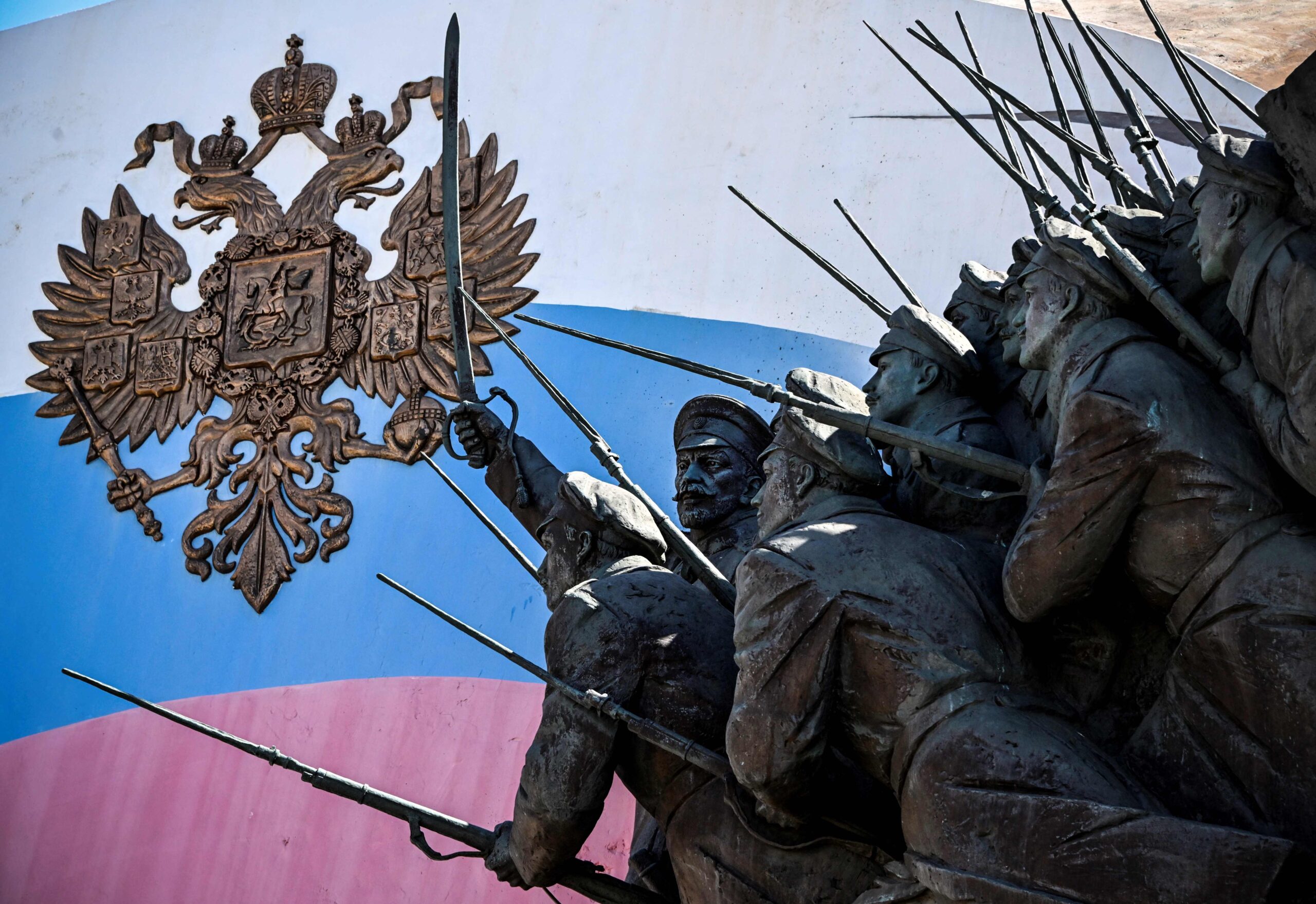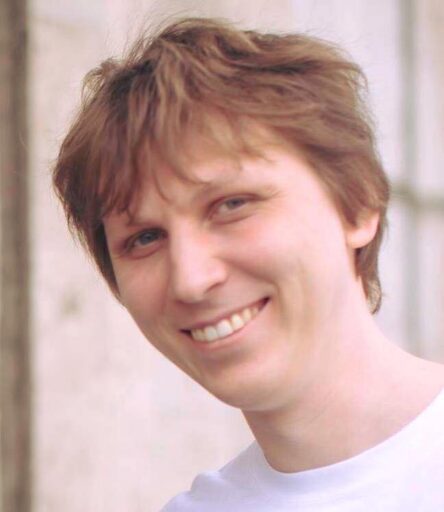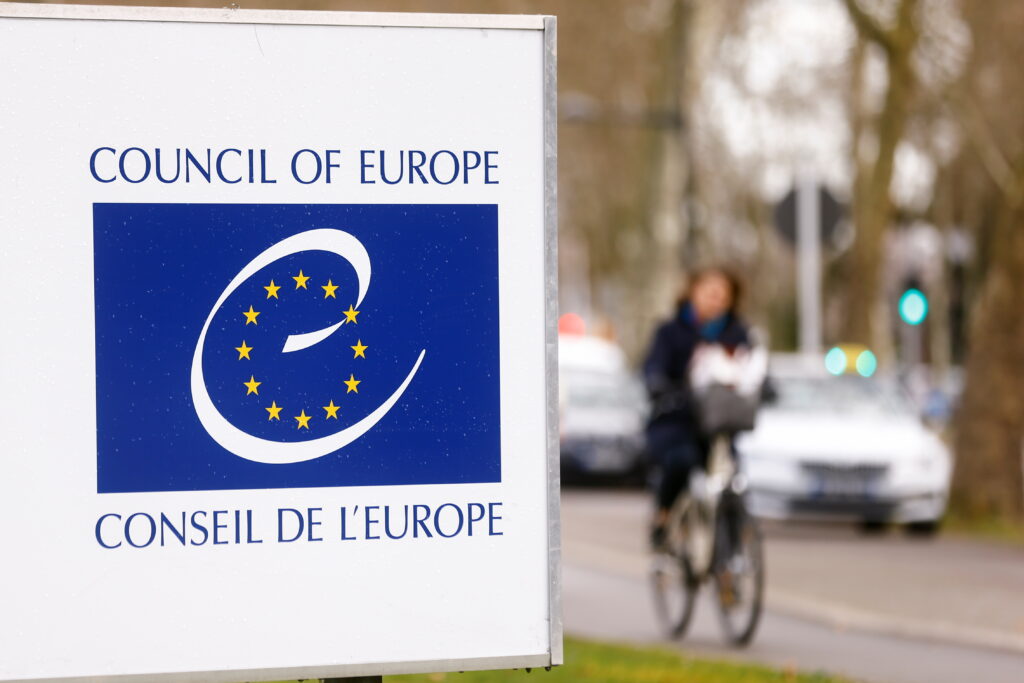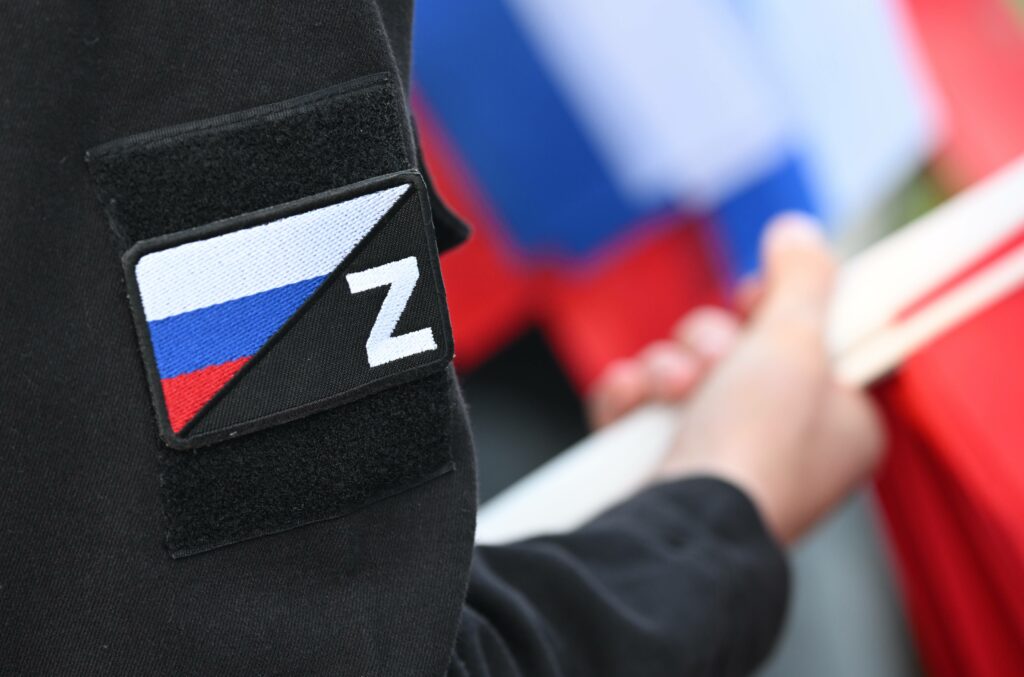In the two and a half years since it began its full-scale invasion of Ukraine, Russia has lost more than half a million soldiers dead and wounded. In order to compensate for the losses it sustained already in the first year of the war, it was forced to announce the mobilization that targeted hundreds of thousands of people. What the Kremlin intended to be a blitzkrieg of a «special military operation» turned into a protracted war that is dragging on and on. Now it has also spilled over into its own territory, with Russia losing control of part of its internationally recognized territory in the Kursk Oblast.
The war has become a serious test for Putin’s regime. For decades, one of its main pillars has been the passivity of Russian society. Now Putin finds himself in a situation where he must persuade people not just to accept the Kremlin’s actions, but also to actively participate in them at the risk of their lives.
This is where Putin’s regime could use a working ideology. One can even see that the attempts to invent such an ideology became noticeably more active specifically after 2022. A presidential decree codified the «Fundamentals of State Policy for Preserving and Strengthening Traditional Russian Spiritual and Moral Values,» «patriotic education» courses were introduced in school and university curricula, and the Ministry of Culture announced that it would now primarily support the production of films tat promote «correct» — i.e. «traditional» values.
But even if the regime in Russia tries to pretend that it has an official ideology, this does not mean that it actually exists.
In trying to answer the question of whether or not Putin has an ideology, we risk falling into one of two extremes. On the one hand, there is the danger of seeing a coherent ideological construct where there is none — of reducing the hodgepodge of disparate ideas and values used by the regime to a single system of attitudes. On the other hand, there is the danger of dismissing Russian officials’ talk of «patriotism» and «traditional values» as empty verbiage, and losing sight of truly functioning, sustainable ideological mechanisms.
It is difficult to reduce the ideology of Putinism to a stable system of attitudes without stretching a point too far, but this alone is not enough to claim that Putin has no ideology whatsoever. After all, one can indeed notice quite stable and systematically used patterns in the arguments advanced by the Russian regime to justify its political course.
Two different kinds of statism
If we tried to find one word to characterize Putin’s ideology, it would be «statism». Many works that attempt to reconstruct the ideology of Putinism often cite the focus on a «strong state» as its key value or the foundation on which it is build. Moreover, Putin himself used this very word when, at the end of 1999, on the eve of his appointment as acting president, he published an article in Nezavisimaya Gazeta titled «Russia at the Turn of the Millennium.» In it, the future president discussed «the original, traditional values of Russians,» among which he mentioned «statism».
An important nuance, however, is that Putin’s «statism» could more accurately be presented not as one coherent ideological concept, but as two distinct ones.
The first kind is patriotic statism, or «love-based» statism. It is based on the idea that the state itself is the highest value. The power and security of the state are important in themselves, and people should make sacrifices for their sake.
The second kind of statism is welfare statism. This is the statism based on pragmatic calculation, which assumes that the state is valuable, but not in and of itself, but primarily as a means of ensuring social guarantees and a provider of people’s wellbeing.
Putin’s regime uses both of these concepts, but combines them in different proportions and configurations depending on the tasks at hand. It does so quite consistently, which is why Putin’s ideology is both flexible and stable.
Normally, when all that is required of Russians in response to the decisions of the authorities is their acquiescence, it is enough for the regime to resort to the rhetoric of patriotic statism. However, everything changes when the Kremlin tries to persuade people to participate in something. In this case, patriotic statism «for the sake of love» and love alone is not enough, it is often rhetorically supplemented by elements of welfare statism «based on pragmatic calculation,» i.e., promises of social guarantees, happiness, and well-being that the state must provide.
Textbook Putinism
The documents in which the Kremlin tries to explicitly formulate what its ideology actually consists of hardly address the concept of welfare statism, emphasizing statism in its patriotic version. The official list of «traditional values» includes «service to the fatherland and responsibility for its destiny». The «traditional values» themselves are contrasted with a «destructive ideology» that denies «the ideals of patriotism» and «service to the fatherland,» undermines «trust in state institutions,» and creates «a negative attitude toward military service and public service in general».
The manifestations of patriotic statism are even more visible in the way Putin’s regime is building a system of ideological indoctrination in schools and universities. In particular, patriotism, heroism, and self-sacrifice in the name of the state are emphasized in the methodological materials for teachers who conduct «Conversations about important things» with students (patriotic upbringing classes introduced after the start of the Russian invasion of Ukraine). The first versions of such methodological materials explicitly stated that children should be taught that «the happiness of one’s motherland is more precious than one’s own life» and that «there is nothing scary about dying for one’s own country».
In addition, video courses for teacher training provide guidance and specific recommendations on how to promote «patriotic» self-sacrifice and service to the homeland among students. A specially selected pantheon of heroes, including not only those who demonstrated their heroism and self-sacrifice in the wars of the Russian Empire or the Soviet Union, but also new «heroes of the Special Military Operation,» is intended to illustrate the point. In addition to military «heroism,» teachers are encouraged to talk about «civilian» versions of it, such as selfless motherhood, sports, and professional achievements.
Patriotism with no strings attached
Another sphere in which the Russian authorities typically resort to the «patriotic» version of statism is in presidential addresses to the nation, more specifically, those of the addresses in which Putin announces this or that decision for the citizens’ tacit approval. It is particularly important here that no explicit action is required from citizens to support these decisions. When Putin addresses Russians in this way, he usually does so in connection with important foreign policy or military events.
Such statements are usually based on arguments in the spirit of patriotic statism. For example, the annexation of Crimea in 2014 was justified, among other things, as necessary for the security of the Russian state. This «strategic territory,» as Putin put it in his «Crimean speech,» «must be brought under strong, stable sovereignty.»
In February 2022, when announcing the start of a «Special Military Operation,» Putin also justified this decision by the need to ensure Russia’s security, appealed to «love for the fatherland,» and recalled the late 1980s, arguing that the «paralysis of power» is «the first step towards complete degradation.»
Putin’s speech on the annexation of four occupied Ukrainian regions was designed in a similar way. In it, the Russian leader spoke of the threat posed by «the West,» which dreams of «weakening,» «fragmenting» and «disintegrating» Russia. In this speech, Putin also emphasized the «courage and resilience» of the Russian people against which, historically, «ambitions of world domination have repeatedly been shattered.»
Mobilization as a game changer
When Putin delivered his speech on the annexation of four Ukrainian regions in September 2022, the mobilization campaign had already been underway for over a week. The differences between the Russian leader’s two speeches — his mobilization speech and his speech on the the «new territories» — is noteworthy.
Comparing these two texts, one can clearly see that, unlike in situations where the Russian government only requires the tacit consent of citizens, in cases where the Kremlin needs to persuade citizens to do something, to spur people to action and active participation, or to elicit enthusiastic support for the implementation of the regime’s decision, or at least to persuade people to simply put up with it, the nature of the ideological and rhetorical constructs used changes significantly.
In announcing the mobilization, Putin naturally used the rhetoric of patriotic statism: he spoke of the need to defend «the motherland, its sovereignty and territorial integrity» and to fight those who threaten to dismember and enslave it, to deprive it of «political, economic, cultural and, in general, any sovereignty». At the same time, however, the speech also contained elements of the discourse of the welfare statism: Putin paid close attention to the «status, payments» and «social guarantees» that the mobilized would receive.
This combination of patriotic and welfare statism in «mobilization» speeches is not an isolated case, but a pattern or a template that is repeated from speech to speech. For example, Putin’s statements at the meeting with mothers of servicemen participating in the «Special Military Operation» were designed in a similar way. Many people probably remember Putin’s patriotic retort: he argued that by dying in the war, a man achieves his goal and his life finds meaning. However, if we look at the entire text of the conversation, we can see how almost immediately after that Putin switched to the mode of welfare statism and begins to muse about «the organization of social welfare services». Later, in his closing remarks, Putin talked again about social policies: e.g. about plans to develop the «social sphere» and about large-scale «national projects».
The emphasis not only on patriotism but also on welfare statism is even more evident in the president’s first address to the Federal Assembly after the mobilization campaign was announced. In this speech, Putin first discusses the fact that the majority of Russians supported the Special Military Operation, demonstrating patriotism and awareness of the connection between «their own fate and the fate of the Fatherland,» but then moves on to other issues, proposing the creation of a special state fund to help «veterans of the Special Military Operation» and demanding that complaints from the military about poor or unavailable medical care and problems with receiving «allowances and insurance payments» be addressed.
Although the military mobilization became an extraordinary event, the ideological templates used to explain and legitimize it are not unique and have already been used earlier during Putin’s time in office. The mobilizing appeals of the Russian authorities have been similarly constructed even in more peaceful times, when, for example, the issue at stake was not military mobilization but electoral mobilization.
In 2017, explaining why he was running for another term, Putin promised to focus first of all on developing «infrastructure, health care and education» and raising citizens’ incomes. He told supporters that his goal was to make Russia a «bright and forward-looking» country where future generations could «live happily.»
Even in 2020, when he urged people to show up and vote for constitutional amendments, Putin actively used arguments in the spirit of «calculated», pragmatic welfare statism. He did not forget about statism «for love,» «a sense of patriotism,» and «care for the homeland,» on which Russia’s sovereignty rests," but he also urged people to «vote for a country in which we want to live, with modern education and health care, with reliable social protection for its citizens.»
Persistently variable idealogy
There is a persistent pattern in the way Putin’s ideology works. When Putin seeks to galvanize Russians into action, he typically relies not only on elements of patriotic statism «based on love», but also supplements them with arguments in the spirit of welfare statism based on pragmatic calculation. The Kremlin used such rhetorical templates before 2022, and they are still relevant today.
At the same time, Putin’s ideology hardly meets the strictest definitions of ideology per se, which suggest that it should be a solid, intellectually elaborated system with a pronounced utopian element. However, if we understand ideology to be a set of ideas that justify and shape political decisions while also forming certain patterns, then Putin does have such an ideology.
The ideological moves used by Putin’s regime tend to be stable, not because they always refer to a single stable and unchanging value system, but because their variability is subject to stable strategies. These strategies involve the use of different ideological configurations depending on the goals pursued.
When nothing is expected or demanded of the people, patriotic statism is enough. But in difficult moments, when the nation must be mobilized and rally around the flag, Putin rarely relies on patriotic statism arguments alone. Sheer patriotism is not even enough to convince Russians to go to the polls, let alone to send them to war.
Perhaps one day the Russian regime will be able to fundamentally restructure itself. From a system based on passivity, superficial loyalty, and sporadic outbreaks of calculated, pragmatic mobilization to a system that would have enough patriotic statist ideology to sustain a high level of mobilization based on love. But that is not the case now. The Kremlin knows this, and so it continues to juggle these two types of statism.
The article is based on the study «Two statisms of Putin’s ideology: from proclamations of patriotic values to welfare promises of wartime mobilization,» published in 2024 in Post-Soviet Affairs.










